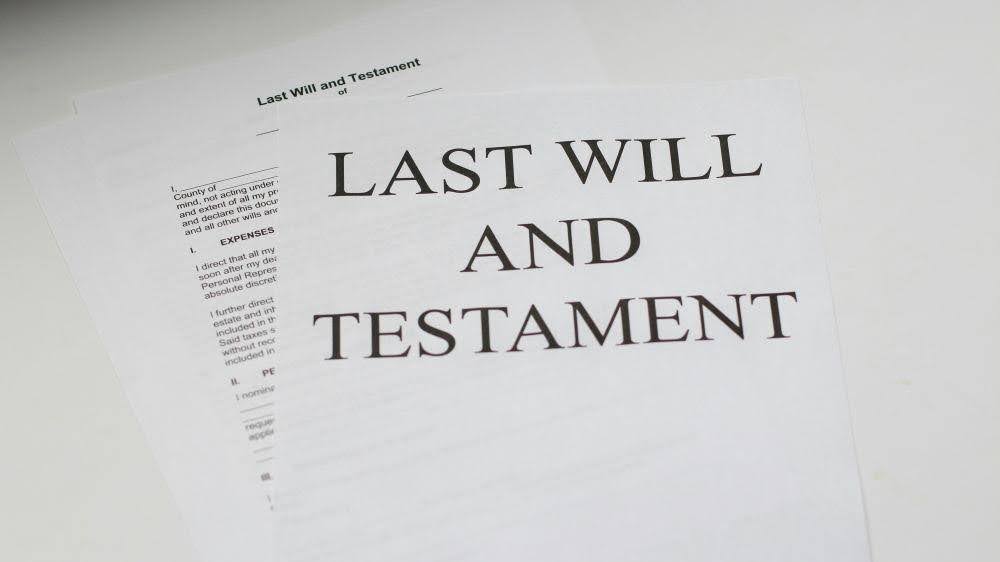
Many of us are committed to supporting causes that resonate with us, often by making contributions to nonprofit organisations to help them advance their missions. While much of our giving is focused on immediate needs, planned or legacy giving offers a means of contributing that has an impact on beneficiaries and future generations beyond one’s lifetime. But what exactly does such a gift entail?
What Is a Legacy or Planned Gift?
Legacy giving, also known as planned giving or gift planning, involves a donor’s commitment to make a gift to an organisation that takes effect after the donor’s passing. Such forms of giving typically build upon the ongoing support an individual or couple may provide while alive, but on a grander scale. Most are often made through wills or trusts arranged in coordination with financial and legal advisors, and beneficiary organisations.
Benefits of Legacy Giving
The beauty of legacy giving is that it is not confined by one’s immediate financial situation. This is because legacy gifts are diverse and can include assets that may not typically be available for donation during one’s lifetime. These include life insurance policies, retirement funds, equity, or real estate holdings. This flexibility means that even those who give smaller amounts regularly can make a more substantial, impactful contribution through their planned gift.
Beyond this, legacy giving offers a profound way to pass on more than material wealth. It also bears the spirit of its donor.
Types of Planned Gifts
For individuals looking to make a planned gift in Singapore, NUS Giving offers a variety of options that allow donors to tailor their contributions to align with their personal philanthropic goals. Understanding the different types of planned gifts can help you decide the best way to offer your support and leave a legacy, and here are some of the common planned giving options:
1. Trusts
A trust is a legal arrangement in which an individual (the trustee) holds or manages property on behalf of one or more beneficiaries. The person who sets up the trust, who can also be the beneficiary, initiates this arrangement to allow the trustee to manage and administer the asset while ensuring that the economic benefits accrue to the beneficiary.
Charitable trusts, specifically, are set up to support charitable activities, allowing donors to contribute assets to philanthropic causes while potentially receiving tax benefits. These trusts are dedicated to ongoing charitable missions, ensuring that one’s philanthropic goals are met both during and beyond their lifetime.
Example of Trusts
An example of such a planned arrangement that has yielded enduring benefits is the Mrs Lee Choon Guan Trust Fund. Through its gift of S$1.5 million, the trust enabled the NUS School of Computing to establish the Centre for Computing for Social Good & Philanthropy (CCSGP), contributing to nurturing technology leaders. This consequently contributes to the development of technology leaders imbued with a strong sense of community service and social responsibility, reflecting the ethos of trust.
With these values at heart, the leaders then extend the cycle of giving and impact by making their own contributions to society. For instance, leaders groomed by the centre have participated in programmes to teach and advance the skills of individuals from underserved and special needs communities. In doing so, they help boost the employment prospects of these individuals and increase their awareness of job opportunities in the tech industry.
Through these ways, the trust continues a legacy that benefits current beneficiaries as well as NUS and the broader community in Singapore.
2. Bequests
Bequests are another way for individuals to leave a legacy. Through bequests, donors can designate gifts via an estate plan or will to persons or organisations such as NUS.
Types of Bequests
These gifts can take various forms:
- General Bequests: This kind of gift specifies a set amount of money rather than a specific personal or real estate. For instance, it might be stated as "I bequeath the sum of S$10,000 to Organisation A."
- Demonstrative Bequests: These bequests specify that the funds should come from a particular source. This type of bequest clearly outlines the distribution of a specific asset or a specified amount of money. For example, it might be stated as, "I bequeath to Organisation B S$100,000 to be disbursed from my account at DBS."
- Specific Bequests: These involve particular items of property. For example, it might be stated as, "I leave my Chen Chong Swee paintings to Organisation C."
- Residuary Bequests: These are made once all debts, expenses, and other bequests have been paid and typically involve leaving a percentage or a fraction of the remainder of the estate to beneficiaries.
- Contingent Bequests: This kind of gift comes into effect only under specific circumstances.
Example of Bequests
Many bequests typically involve more than one form, and it is common for individuals to leave specific or demonstrative bequests to their loved ones and allocate residuary charitable bequests to organisations like NUS Giving. One of the primary benefits of making such bequests is the ease of donors adding them to a will and making modifications if circumstances change. Bequests also offer definitive guidance to executors regarding the distribution of assets, streamlining the process of settling them and ensuring that your estate is allocated precisely as you wish.
Above all, making a bequest gift allows individuals to leave a meaningful mark on an organisation aligned with their values indefinitely. For instance, the late Professor George Wadsworth (former head of the department of Physiology at NUS), left a bequest to the Yong Loo Lin School of Medicine in honour of his late wife Madam Chua Swee Liew.
Today, the Swee Liew Wadsworth Memorial Fund offers grants and publication awards to researchers and students, who have made notable contributions to medicine.This generous gift is designed to help future generations achieve upward social mobility in Singapore through education by offering financial support that supports change makers as they embark on such cutting-edge research.
3. CPF and Insurance
Donors planning to leave a legacy gift to the University may opt to do so through their CPF or insurance nomination. This involves designating NUS as one of the beneficiariesy of a CPF account or insurance policy, or by purchasing an insurance policy and naming NUS as both owner and beneficiary.
Give a Gift that Grows

In an ever-changing world, one constant remains: each of us has the ability to establish a lasting gift that uplifts those in need. If you are keen to contribute towards shaping the future for generations to come, discover how you can make this lasting difference through legacy giving today.






